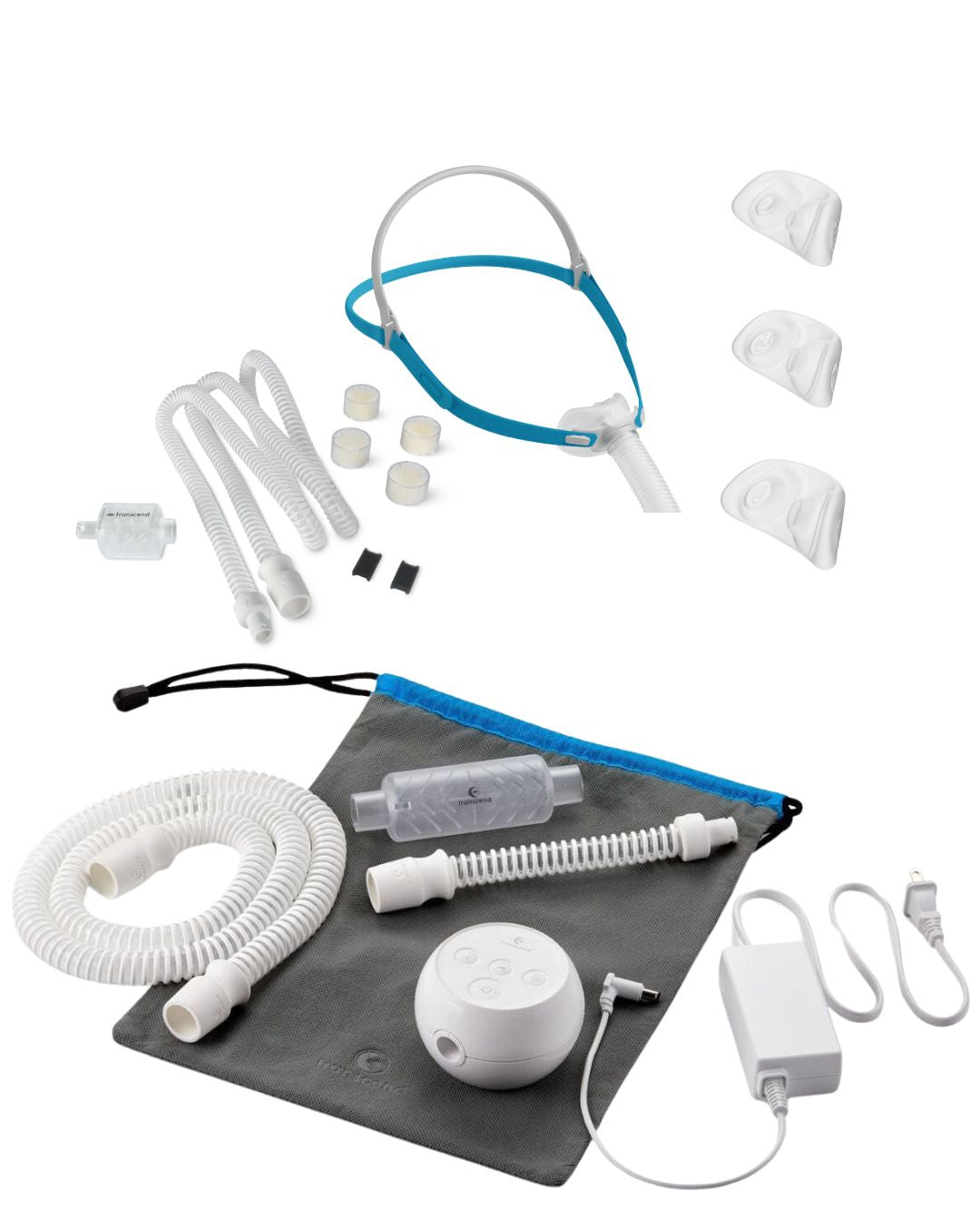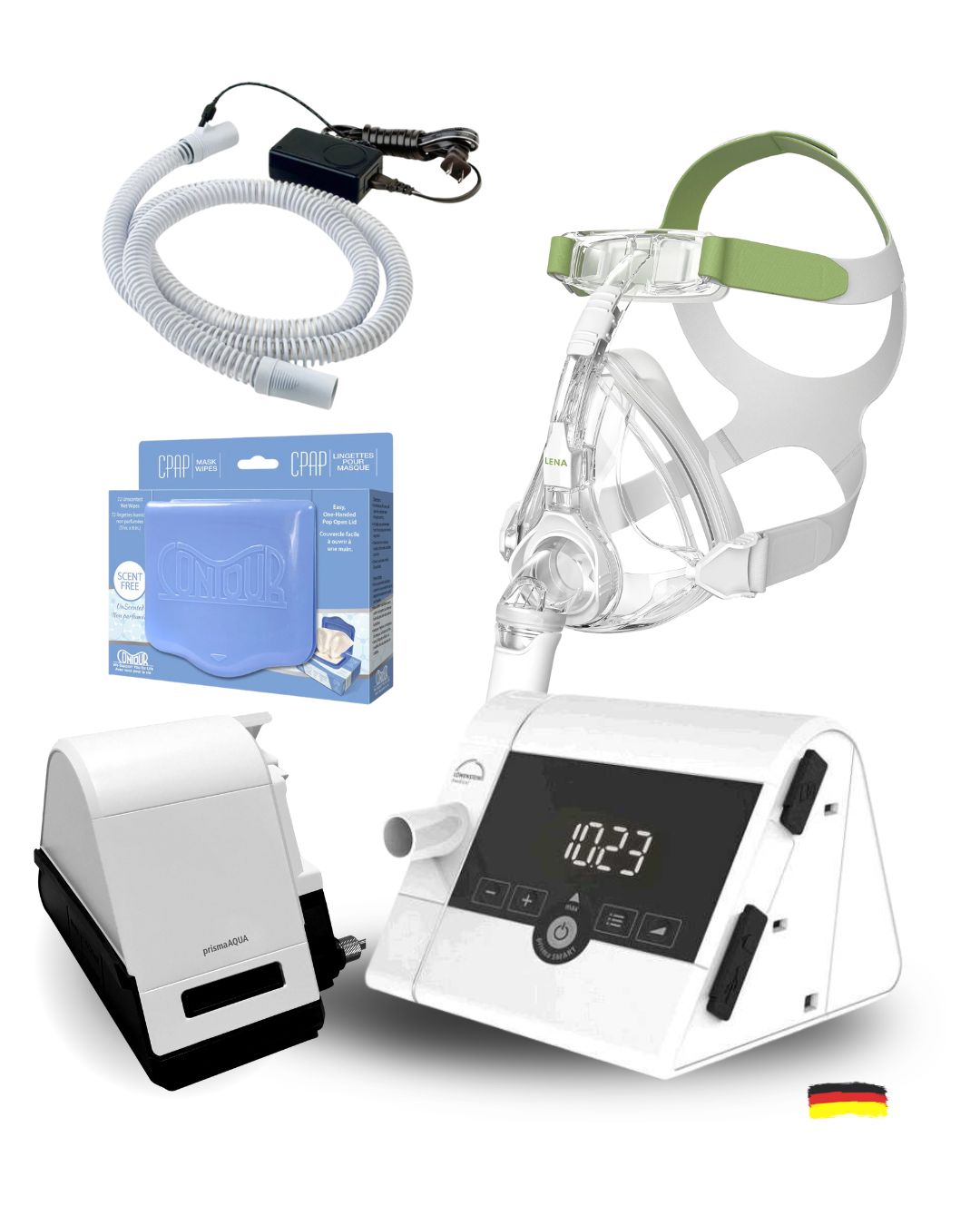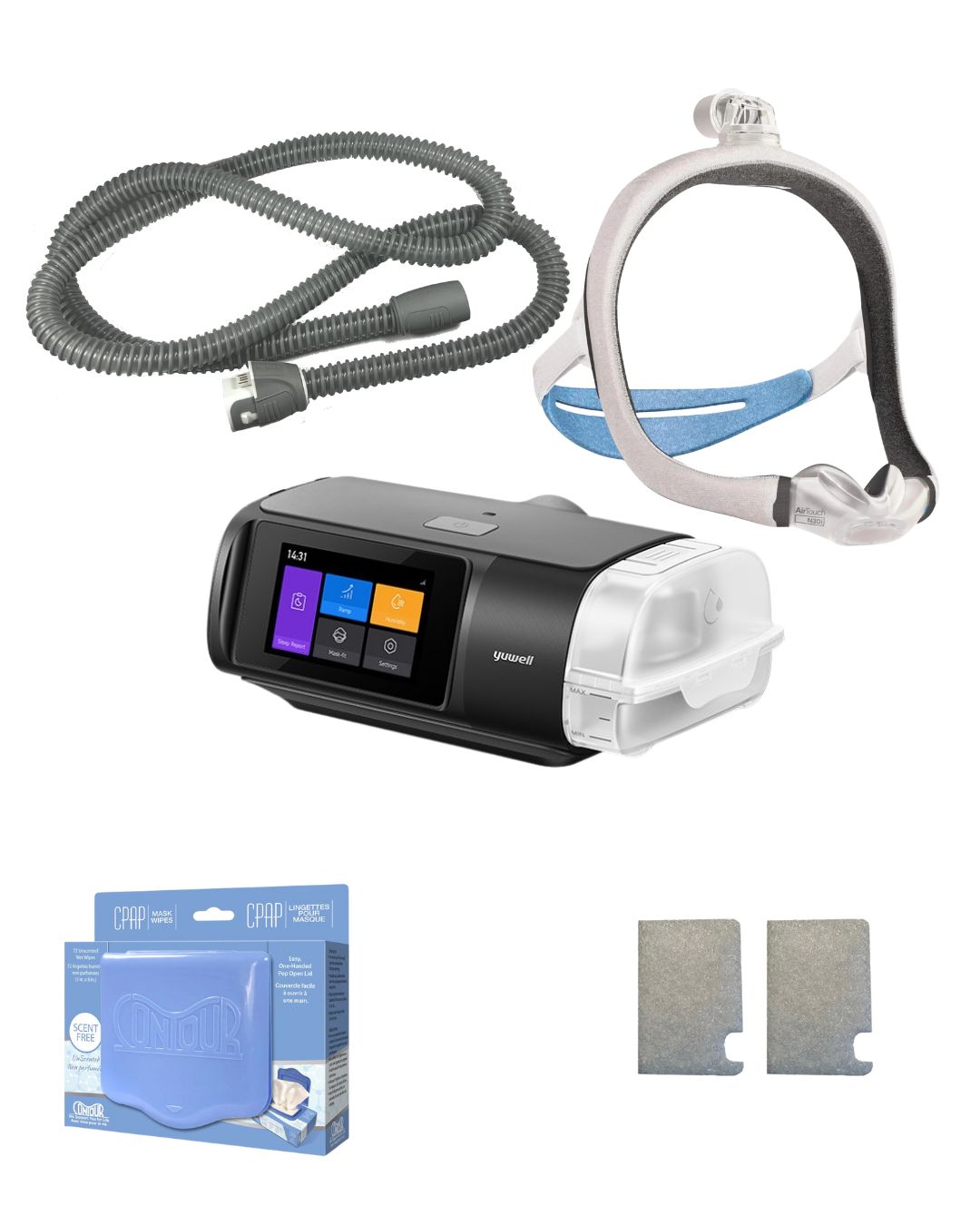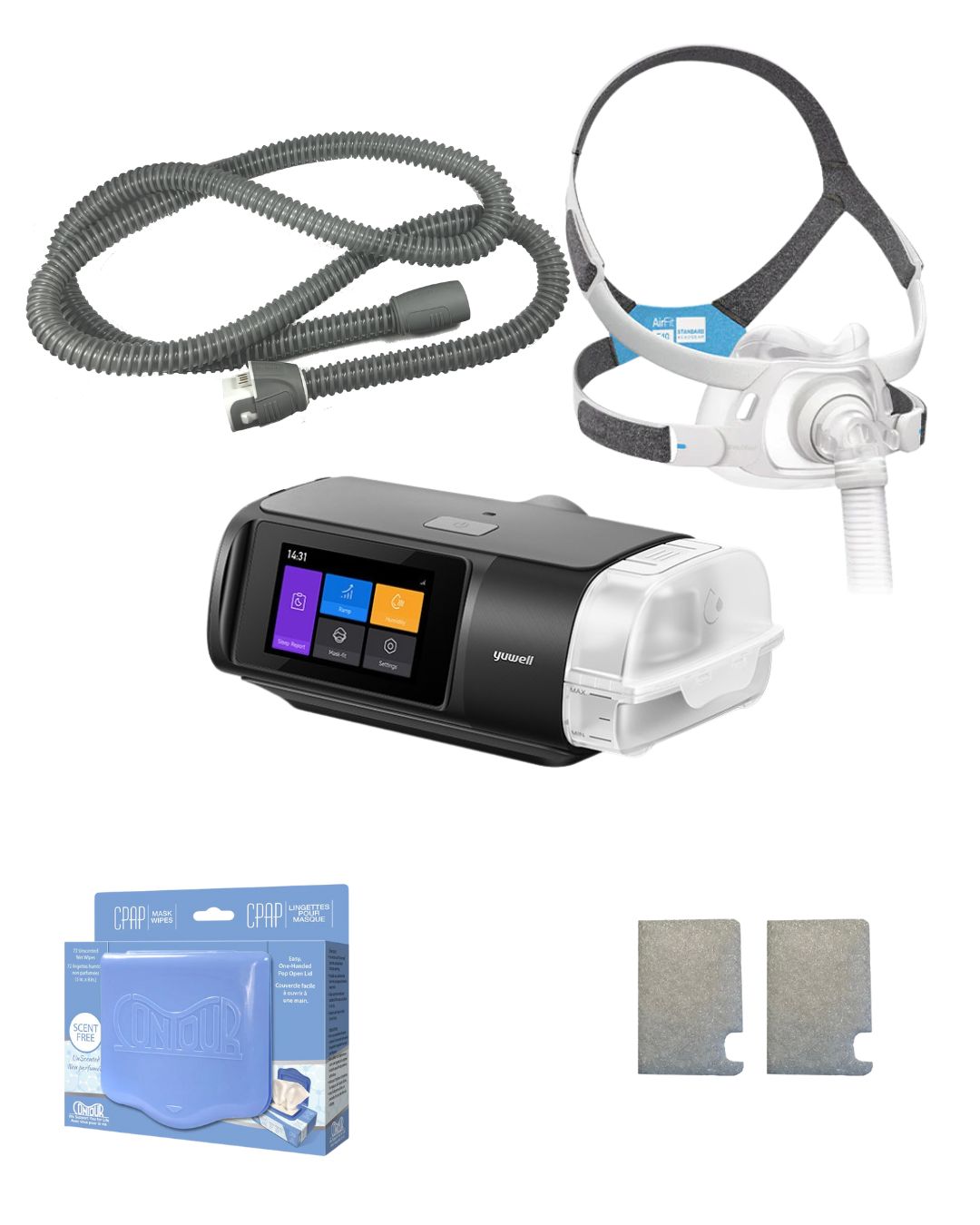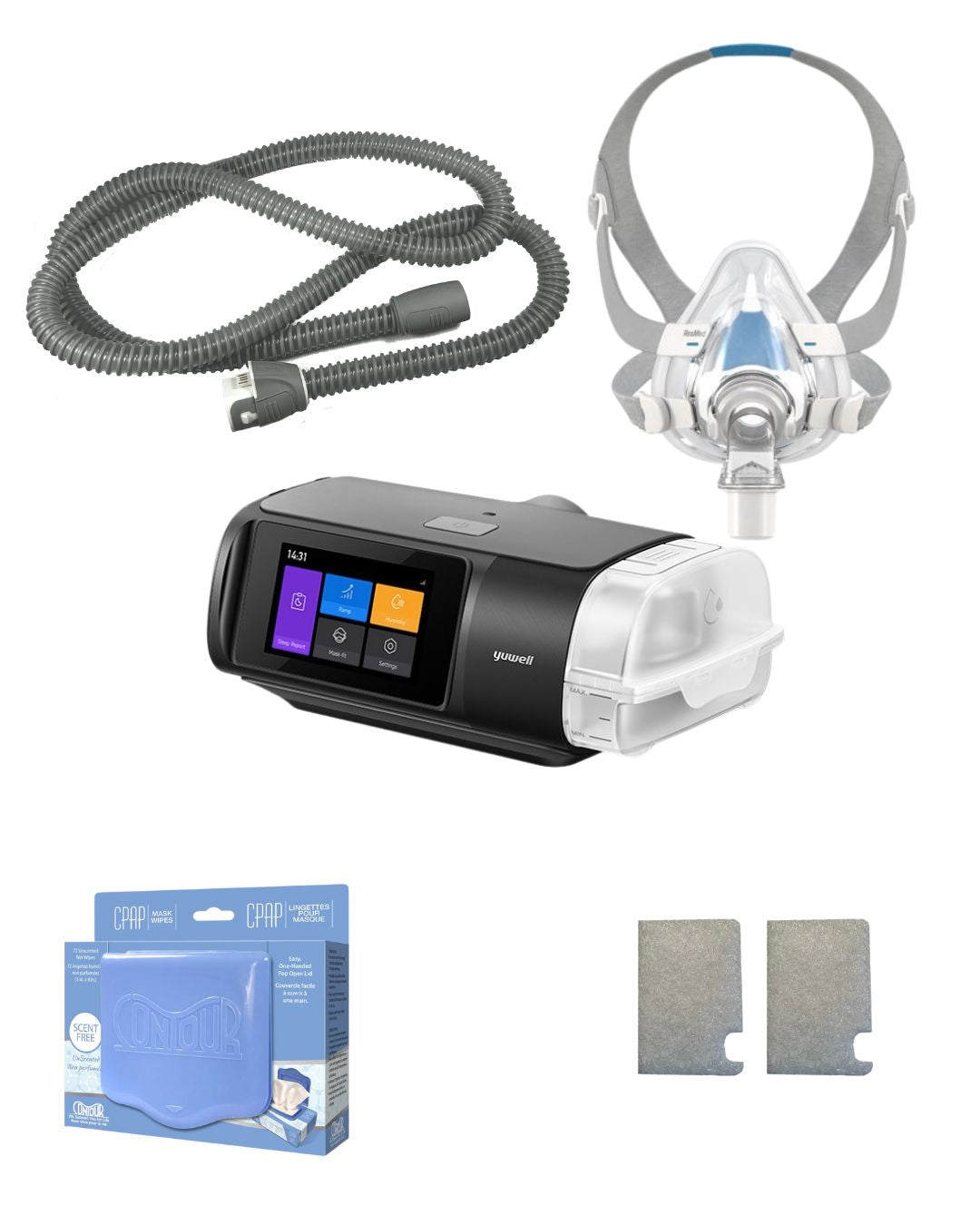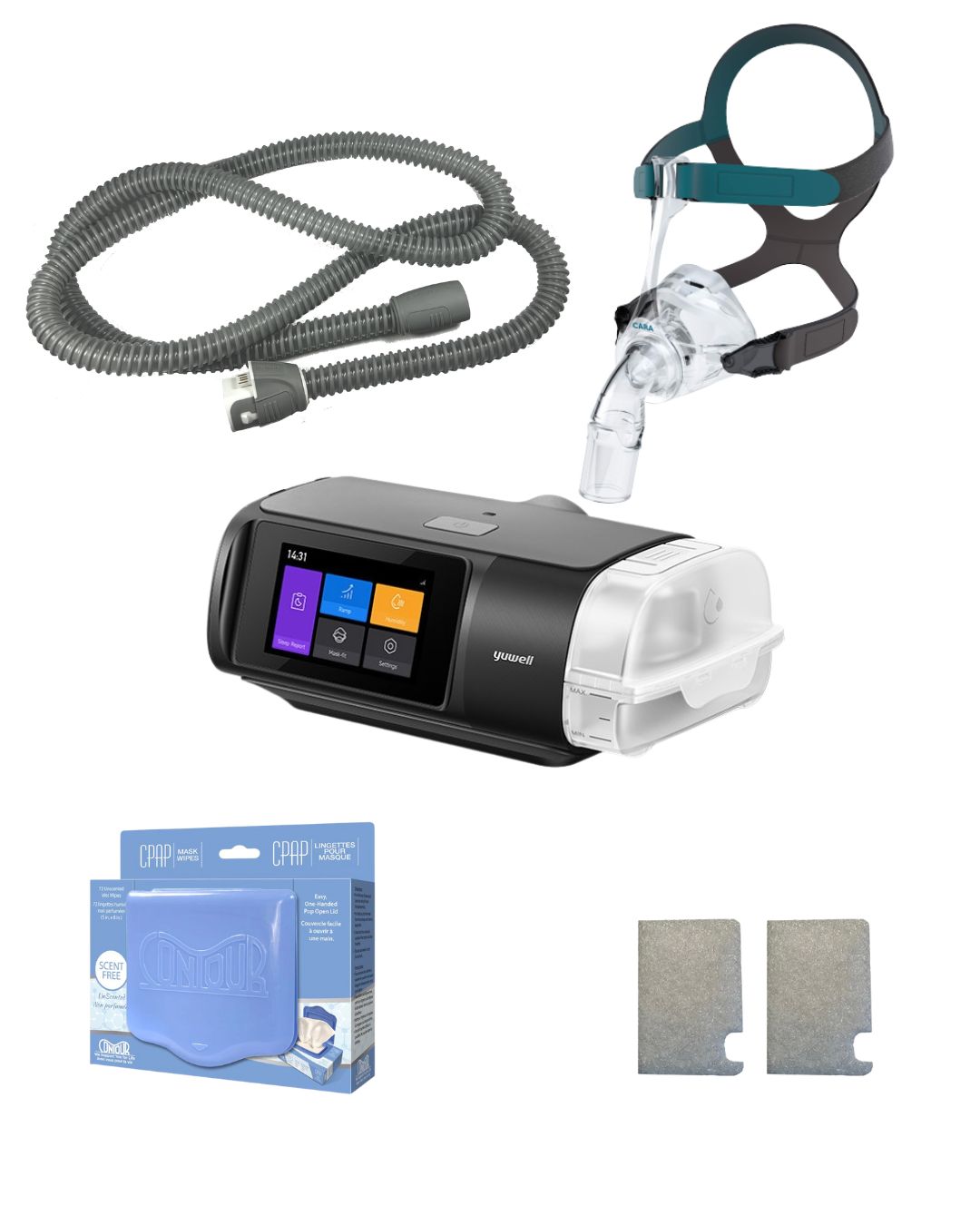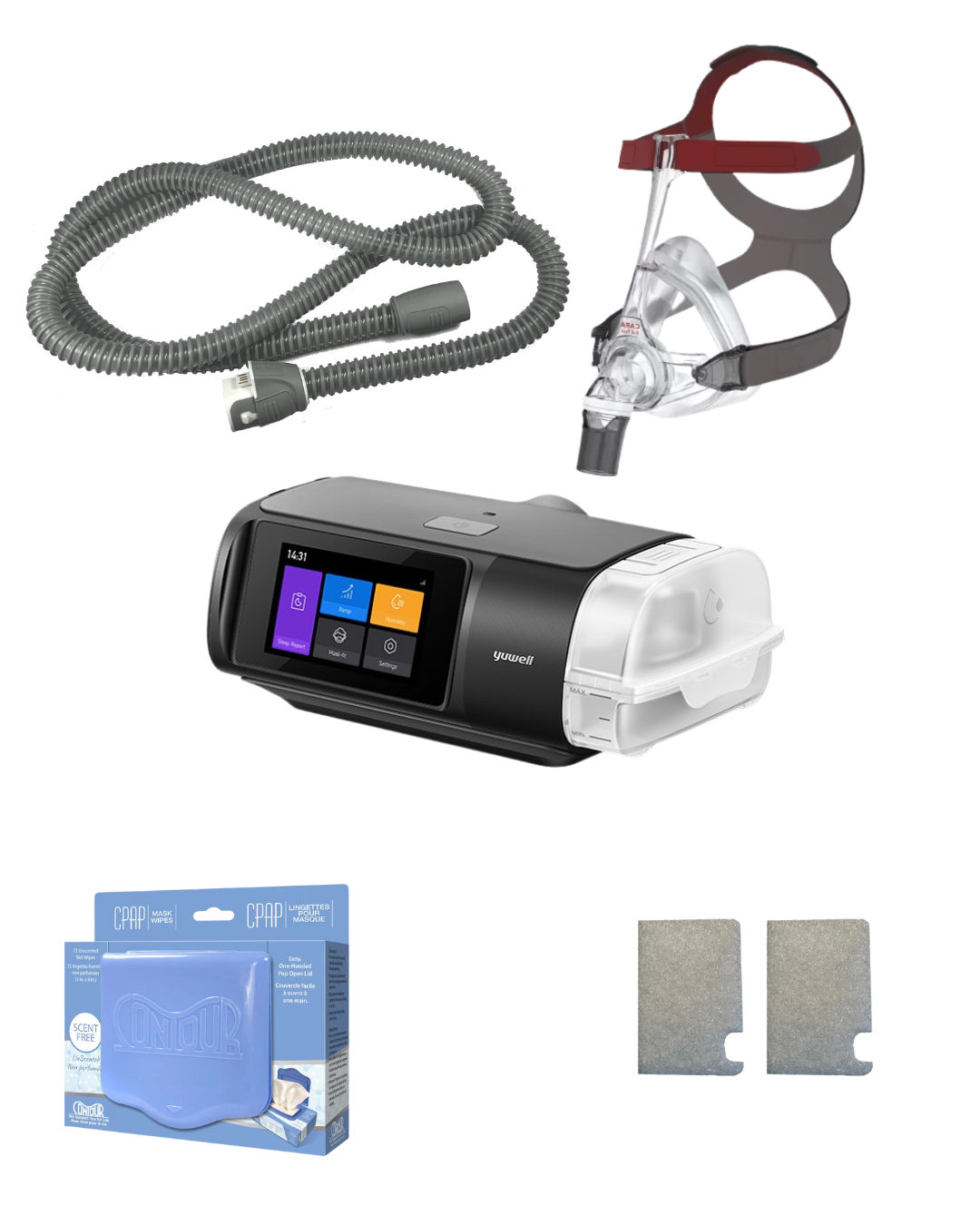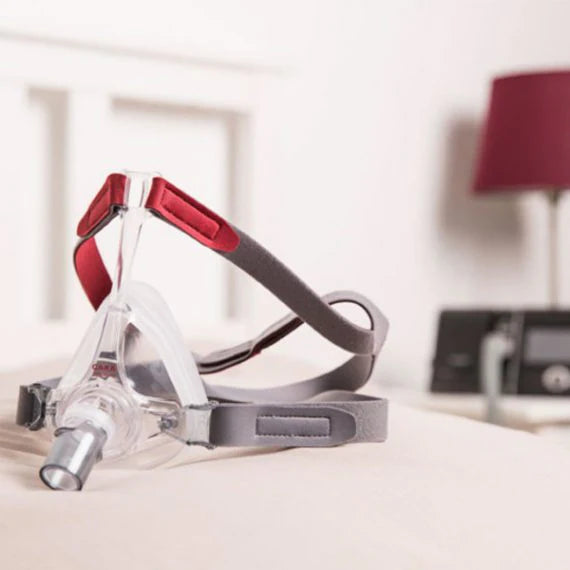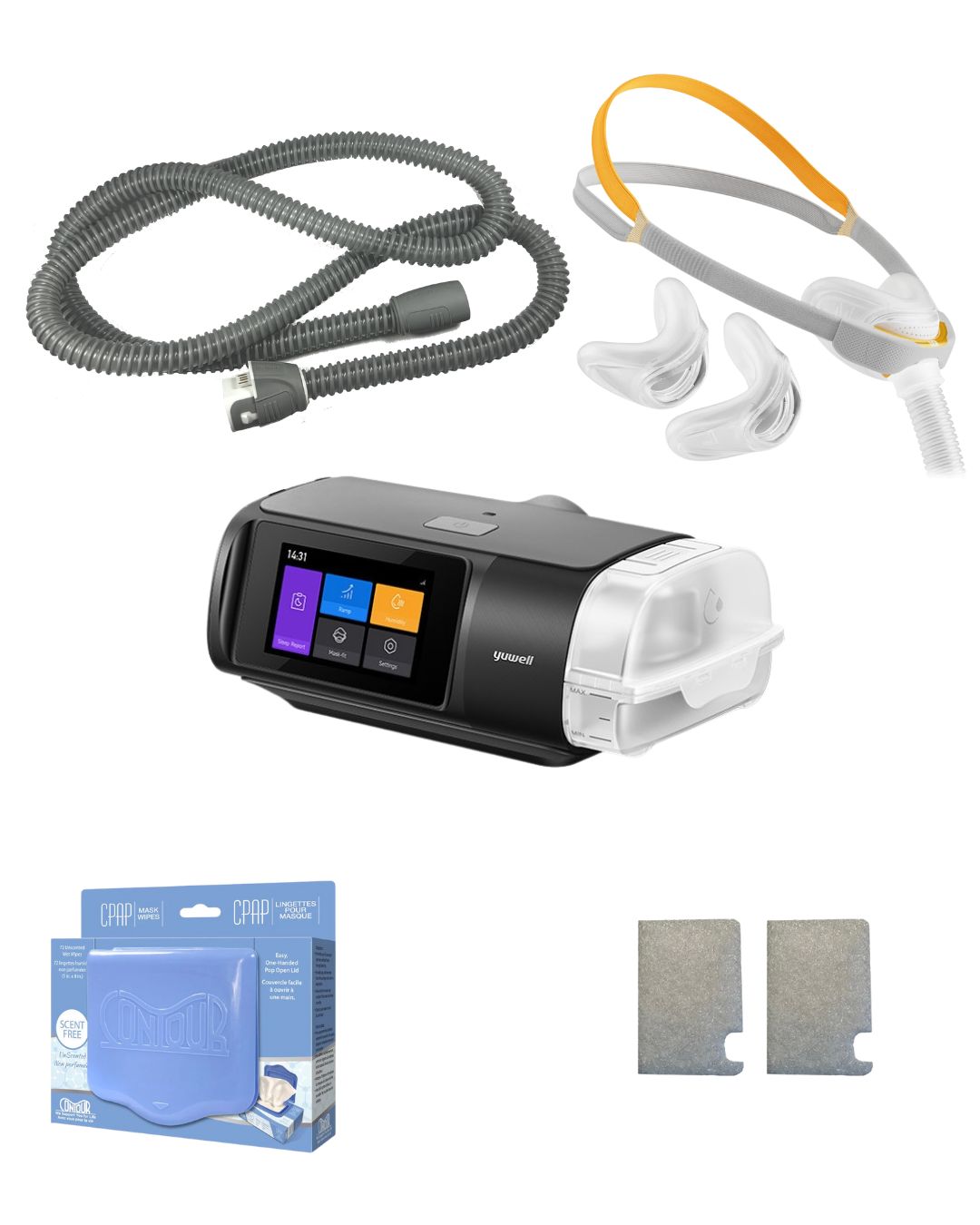Beginner’s Guide: How to Adjust to CPAP Therapy in the First 30 Days
So, you’ve just started CPAP therapy—or maybe you’re staring at the machine still in the box, wondering how on earth you’re supposed to get used to it. First of all: take a breath. You’re not alone. Most patients struggle during the first month, but the good news is that with the right approach, consistency, and a bit of patience, you’ll find your rhythm.
Think of this as your 30-day roadmap to CPAP success.







